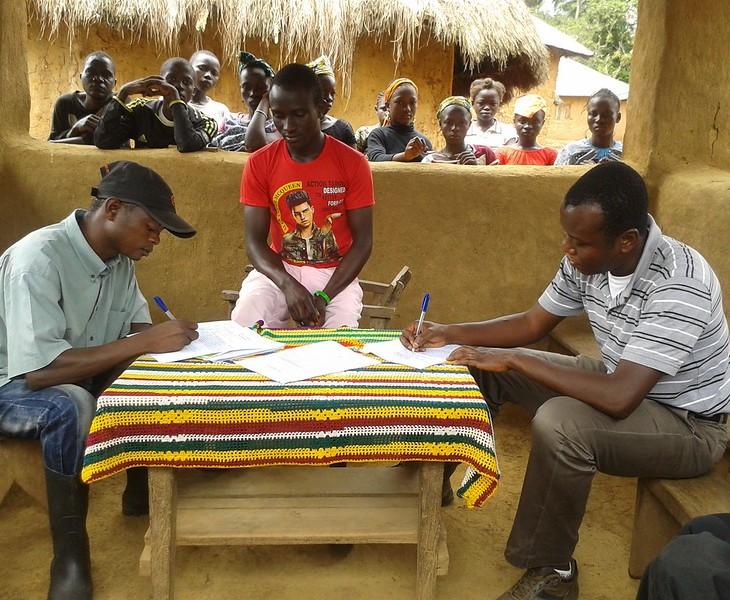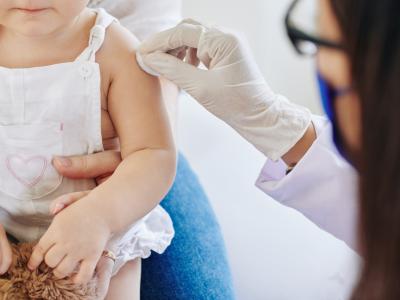Health officials confirmed six more Ebola cases in the Democratic Republic of the Congo (DRC) outbreak, and in a weekly snapshot of the outbreak, the World Health Organization (WHO) said though the weekly number of cases is still trending lower, movements of high-risk patients from the current hot spot pose a risk of recurrence in other areas.
Steady stream of cases continues
The 6 latest cases lift the overall outbreak total to 3,256, a number that includes 117 probable cases. Also, investigations are still under way into 486 suspected cases.
No new deaths were reported, keeping the total at 2,171.
The DRC's Ebola technical committee (CMRE) yesterday said the two cases reported that day were in Mabalako and Mambasa, which are among the few remaining hot spots.
Patients infectious during travel
In its weekly Ebola summary, the WHO said 21 new cases were confirmed this week, keeping the pace of new illnesses relatively low, and it said it expects cases to fluctuate owing to challenges responders grappled with in earlier weeks.
About half of the week's cases were from the Biakato Mines area of Mandima health zone in Ituri province, the WHO said. The movement of five people exposed in Biakato Mines—whose infections were detected in other areas—are challenging for response teams. The people were infectious when they traveled, increasing the risk of spread to unaffected or earlier affected areas.
For example, the WHO said cases recently detected in Mabalako—which had gone 33 days without a new case—all had links to Biakato Mines.
Also, the WHO said cases involving travel make it difficult to investigate the infections in a timely manner and present obstacles to contact tracing and the implementation of response steps.
Deploying extra support to Biakato Mines has helped with the response and led to an increase from 13% to 57% in new cases listed as contacts of earlier patients and an increase from 47% to 90% in confirmed cases with known epidemiologic links to earlier patients.
"Nevertheless, both indicators are below the level we would aim to be at this stage," the WHO said. It added that as cases decline, a priority is continued to strengthen community surveillance to quickly spot Ebola flare-ups.
See also:
WHO online Ebola dashboard
Oct 23 CMRE report
Oct 24 WHO disease outbreak news update


















